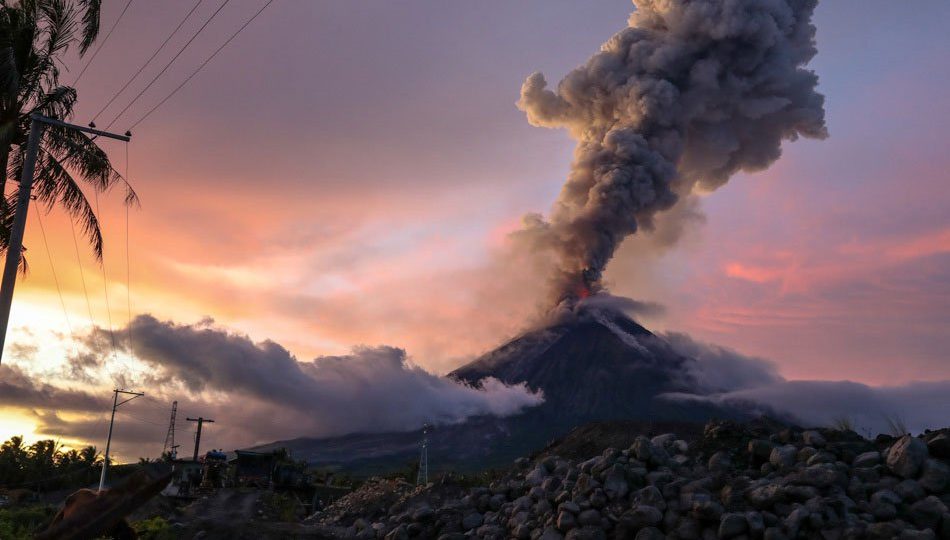The current state of unrest at Mayon Volcano in Albay resembles the conditions that led to its eruption in 2014, according to Teresito Bacolcol, the director of the Philippine Institute of Volcanology and Seismology (Phivolcs).
However, Bacolcol warned that a violent eruption cannot be ruled out, as the situation could change at any time. In a recent radio interview, he explained that although the volcano is currently experiencing slow and quiet lava effusion from its summit crater, the unrest mirrors that of the 2014 eruption.
As a precautionary measure, Alert Level 3 remains in effect at Mayon Volcano, and the slow effusion of lava is expected to persist for the next three months. Bacolcol drew a comparison to the 2014 eruption, which lasted for three months, starting in August and concluding in November. He advised evacuees to remain in evacuation centers until the unrest subsides.
While no volcanic earthquakes were recorded recently, Bacolcol emphasized that Mayon Volcano is in a prime state for eruption. He mentioned that historically, Mayon has erupted as early as three years after its previous eruption and as late as 10 years.
As it has been five years since its last eruption in 2018, the current activity falls within the volcano’s normal pattern. Bacolcol recalled the devastating eruption of Mayon Volcano in 1814, which destroyed the Cagsawa church.
Phivolcs reported that the upper slopes of the volcano have been inflated since February. Consequently, increased vigilance is necessary to mitigate risks associated with pyroclastic density currents, lahars, and sediment-laden stream flows along the channels draining the volcano.
Fresh lava from the summit crater has been observed to accumulate in major gullies, hindering further downslope advancement. Lava flows have remained at a 1,500-meter stretch, while collapse debris spans 3,300 meters, with both being supplied through the Mi-isi Gully in Daraga town and Bonga Gully in Legazpi City.
The National Disaster Risk Reduction and Management Council (NDRRMC) reported that 628 people have been injured or fallen ill over the past two weeks. Most cases involve common ailments such as cough and colds, fever, acute respiratory infection, headache, HPN (home parenteral nutrition), dizziness, skin diseases, abdominal pain, colds, and acute gastroenteritis. The Department of Health (DOH) is actively conducting medical missions and providing necessary treatments and medicines to address these health concerns.




